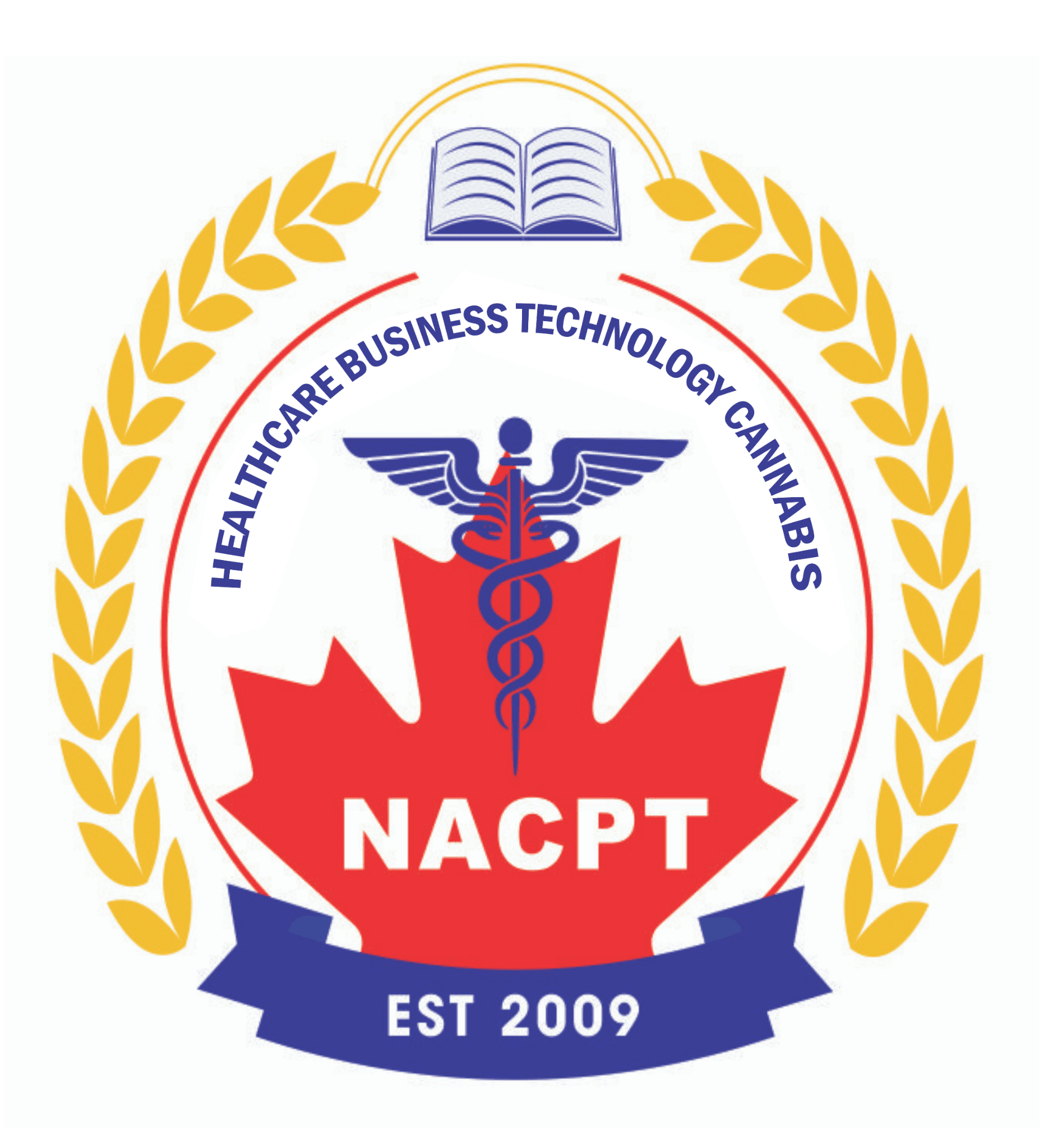In conclusion, gene therapy is a great technique that can be used to introduce changes to genes in order to cure many disorders such as cancer, retinal diseases, CGD, HIV, SCID-X1, Huntington disease, sickle cell disease, cystic fibrosis etc. Furthermore, the research in this field is constantly developing to cure more disorders and use advanced techniques in gene therapy.
- Home
- About Us
- Diploma Programs
- Certificates
- Cannabis
- Healthcare
- Pharmaceutical
- Corporate Training
- CannSell Expert Certification
- Information Technology
- ESL Program
- Psychedelics
- Food Handler Certification
- Apply
- Student Services
- Events
- Blogs
- R&D


